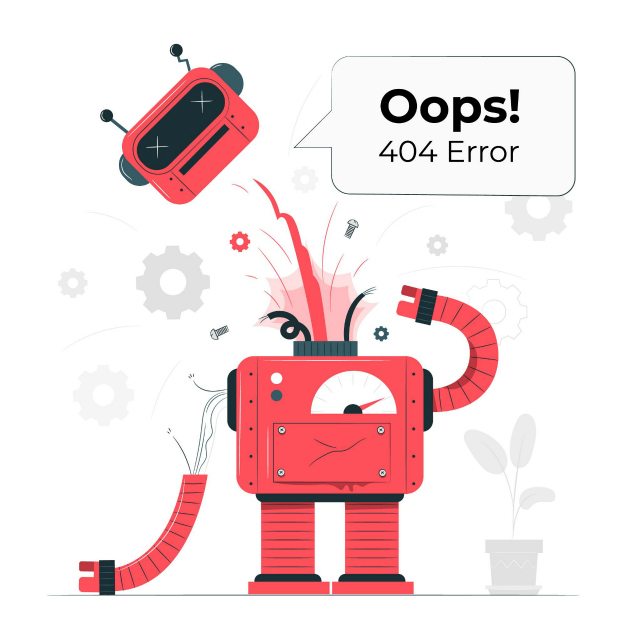Page not found
Oops! It looks like something is going wrong It looks like we can`t find the page you`e looking for, make sure you typed the correct URL
Go to home page

Oops! It looks like something is going wrong It looks like we can`t find the page you`e looking for, make sure you typed the correct URL


